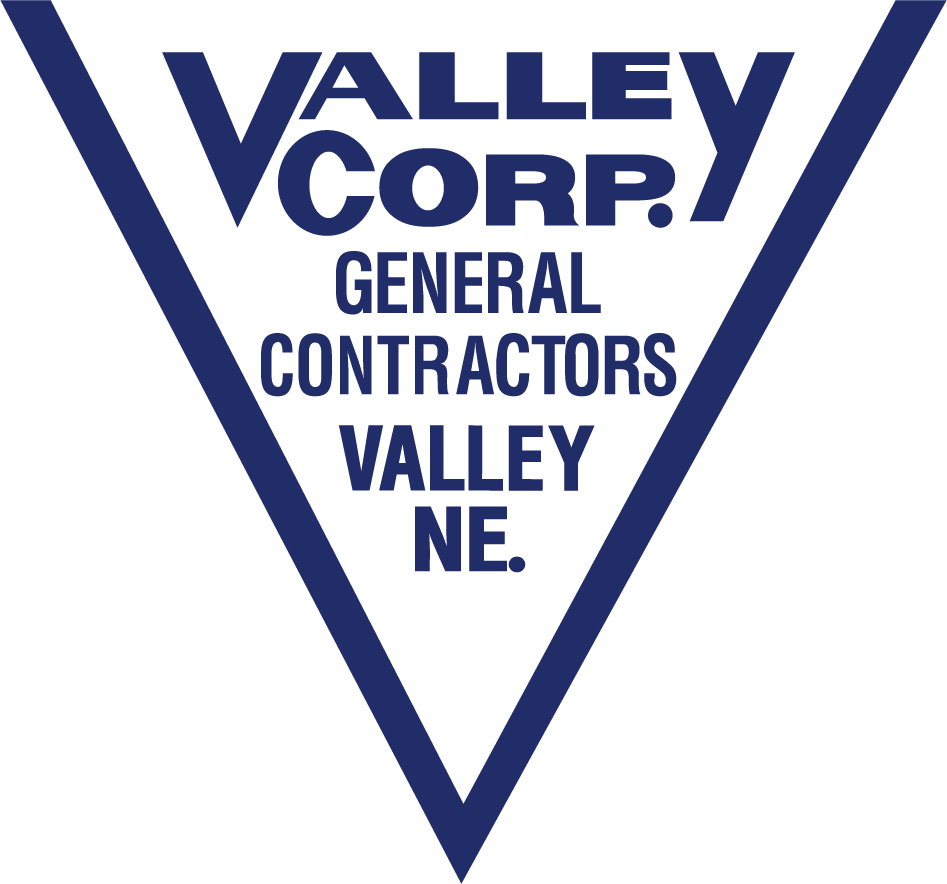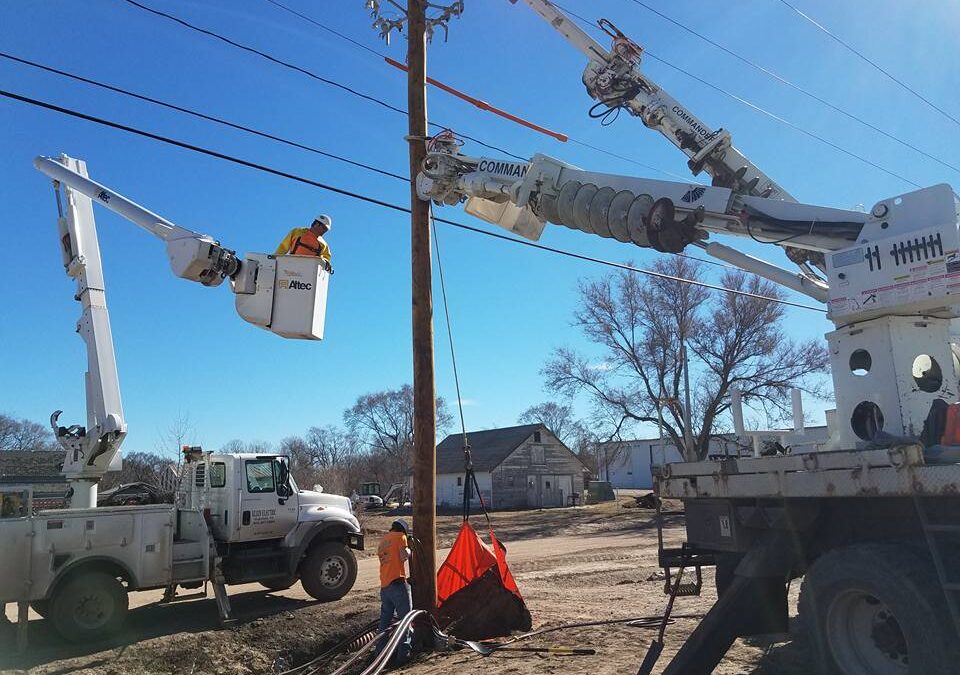From the earliest days, power lines have sent mixed messages. They’re a sign of growth and progress, but to many folks, they’re an eyesore. Because electricity is the wellspring for most of the things we think of in a well-functioning society, they’re also a fact of life from coast to coast. So which is best for communications and electrical in Omaha, NE? And, equally to the point, where do you turn when things go wrong? Second question first: you turn to Valley Corporation. The first question? Let’s dive in.
What Causes Power Outages?
Weighing the pros and cons starts with understanding what causes power outages in the first place.
- Weather, from wind to heavy rains, snow, ice storms, and tornadoes, is directly responsible for most power failures.
- Trees can be undermined by weather, disease, or rot, or may cause outages when trimmed by someone inexperienced.
- Vehicle collisions with utility poles account for many localized outages.
- Seismic activity, while uncommon hereabouts, is another common cause.
- Animals do far more damage than you’d think, with squirrels alone leading to dozens of service outages annually.
- Lightning can cause severe damage to everything from utility poles and transmission towers to transformers, wires, and other infrastructure.
- Careless excavation can damage underground utilities, including electrical and communications cables.
- High power demand can overload equipment, leading to failure.
Overhead Power Lines vs In-Ground Power Lines
So what does this mean for you if you’re choosing between overhead and underground power and communications for a retrofit or new construction?
Overhead Power Line Pros and Cons
As we’ve seen, overhead lines have their share of vulnerabilities, and they’re not the most attractive thing out there. But it isn’t all downsides. Overhead power lines are faster and easier to install. Modifications, extensions, and additions are likewise faster. Site preparation and disruption are minimized. Access is fast, so when something goes wrong it’s easy to find and address the source of the problem. Maintenance — a key part of keeping infrastructure up and running long-term — is also far less complex. That level of speed and transparency helps keep costs down, savings compounded by the fact that overhead lines last up to twice as long.
Underground Power Line Pros and Cons
Underground power lines are less of an eyesore than overhead lines. And the fact that they’re buried does give them a bit more resilience than overhead lines, since many vulnerabilities of our electrical system stem from its exposed nature.
However, burying lines doesn’t protect them from high power demand, excavation, seismic activity, or burrowing rodents. It costs more, has a higher environmental impact, and requires more site preparation, excavation, and restoration. For all that, it isn’t even completely underground, since underground utilities still require substations, as well as transition stations where underground utilities meet up with above-ground transmission lines.
Making the Right Choice
Here’s the bottom line: aside from emergency construction services, where we are typically working with and restoring existing infrastructure to working condition, neither solution will be right in 100% of construction projects. Choosing properly means understanding the full scope of your project, the site on which it sits, your budget, goals, and more. For this reason, we suggest reaching out to Valley Corporation for a consultation and an approach that meets your challenges.

